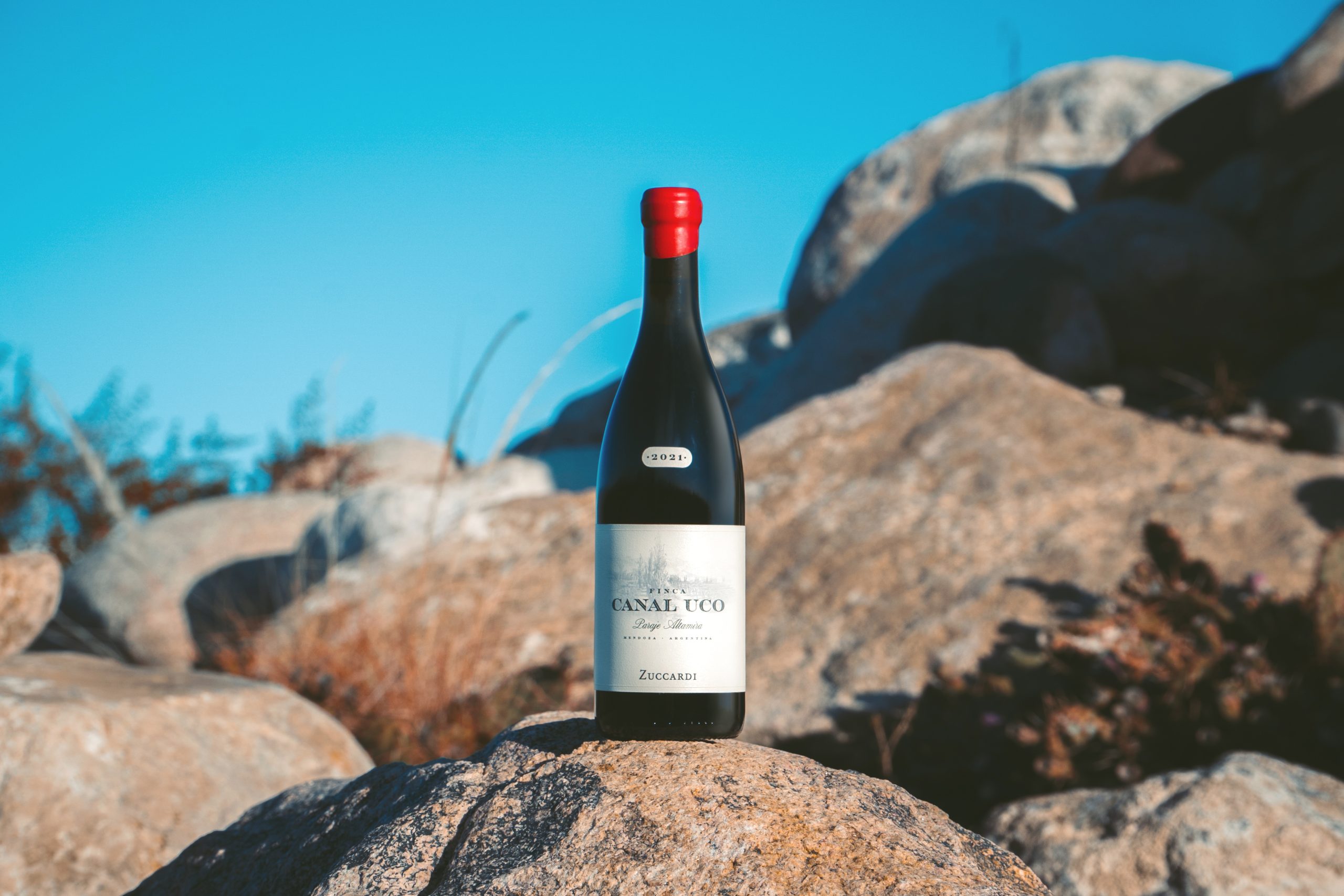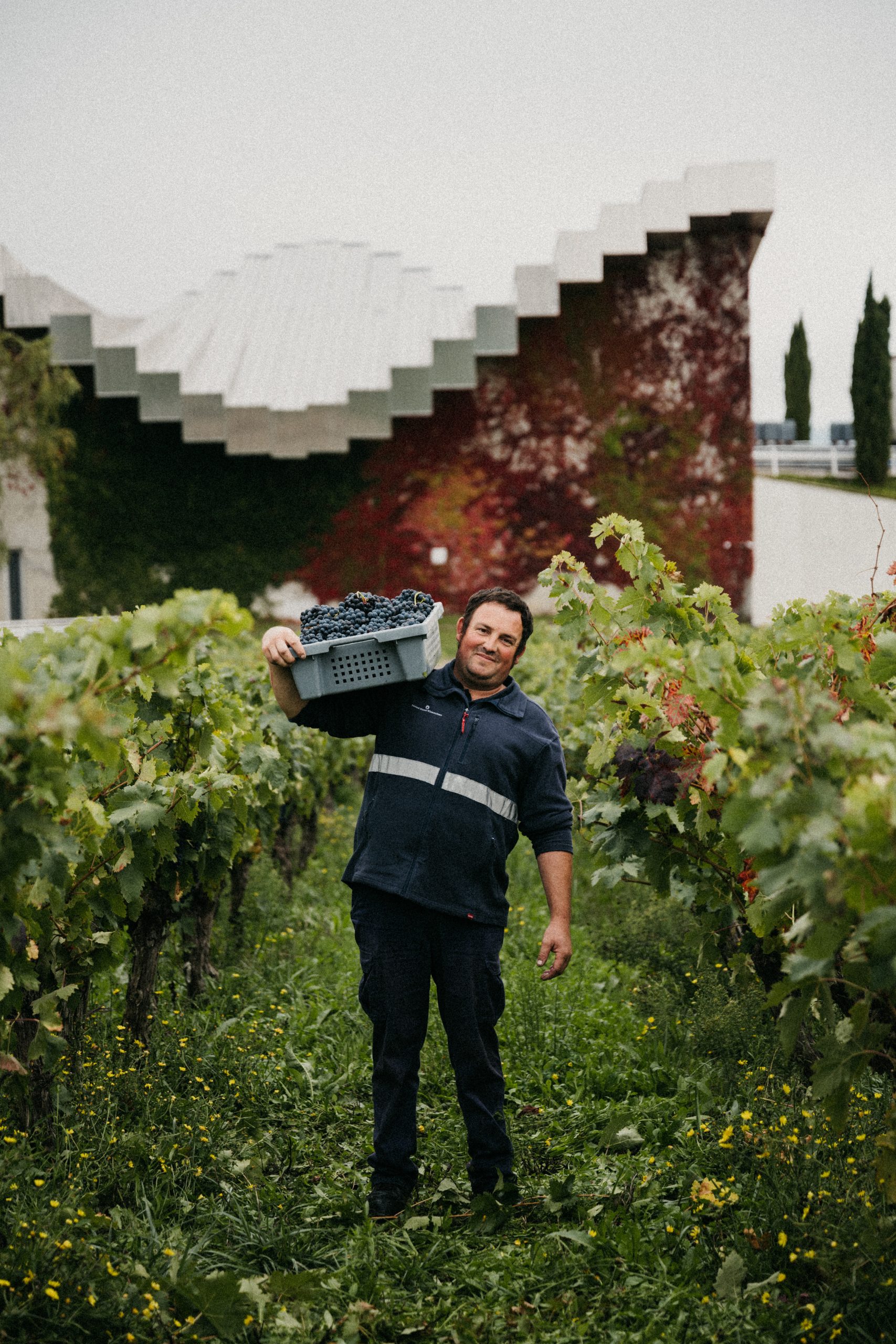Ancient wine discoveries made in Mediterranean
Two recent discoveries in different parts of the Mediterranean have added to the weight of archaeological evidence for wine trade and consumption in the ancient world.
Divers off the Croatian island of Pag recently came across a shipwreck which has been dated to the 1st century BC and appears to have been carrying a cargo of amphorae filled with wine when it was sunk – presumably in a storm.
It is not the first time a shipwreck of this time and period have been found in the area (a particularly large number were discovered in 2004) and the amphorae in this wreck are of a type known as Lamboglia type 2 – a style common throughout the Adriatic and which chemical analysis has previously shown were principally used for transporting wine.
Over in the Ionian, meanwhile, a Cretan farmer driving his tractor through his olive grove stumbled across a burial site over 1,000 years older again.
The back wheel of the vehicle dropped into a sink hole and, once extracted, the farmer saw it was the opening to a tomb.
Partner Content
Archaeologists have determined that at least two well-to-do though not aristocratic males are buried in three vaulted chambers, which date to the Bronze Age and more particularly the Late Minoan IIIA-B period of around 1400BC to 1200BC.
As well as the perfectly preserved clay tombs of the men themselves, their grave goods included large, highly decorated jars, at least one large ‘krater’ – a vessel commonly used for the mixing of wine with water in Ancient Greece – and drinking cups.




